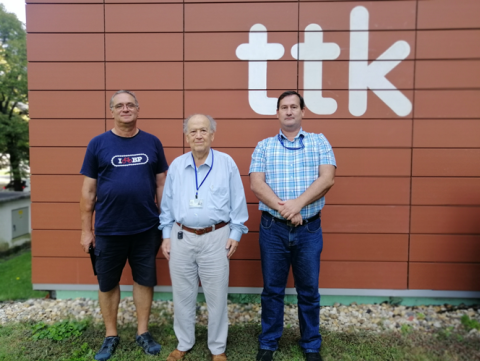
A Természettudományi Kutatóközpont Enzimológiai Intézetének Fehérje Bioinformatika Kutatócsoportja modernizálta a 20 éve folyamatosan működő DAS-TMfilter transzmembrán predikciós szervert. Az új webszerver a https://das.enzim.ttk.hu publikus címen érhető el. A legszembetűnőbb újítás a felhasználók számára a DAS profil ábrák garfikus megjelenítése. A predikciós módszert naprakész nagy méretű adatbázison teszteltve azt találták, hogy a módszer hatékonysága nagyon jó, vetekszik a modern gépi tanuláson alapuló módszerekével.
A közlemény angol nyelvű összefoglalója (https://www.mdpi.com/1422-0067/24/18/14016)
The dense alignment surface (DAS) transmembrane (TM) prediction method was first published more than 25 years ago. DAS was the one of the earliest tools to discriminate TM proteins from globular ones and to predict the sequence positions of TM helices in proteins with high accuracy from their amino acid sequence alone. The algorithmic improvements that followed in 2002 (DAS-TMfilter) made it one of the best performing tools among those relying on local sequence information for TM prediction. Since then, many more experimental data about membrane proteins (including thousands of 3D structures of membrane proteins) have accumulated but there has been no significant improvement concerning performance in the area of TM helix prediction tools. Here, we report a new implementation of the DAS-TMfilter prediction web server. We reevaluated the performance of the method using a five-times-larger, updated test dataset. We found that the method performs at essentially the same accuracy as the original even without any change to the parametrization of the program despite the much larger dataset. Thus, the approach captures the physico-chemistry of TM helices well, essentially solving this scientific problem.

